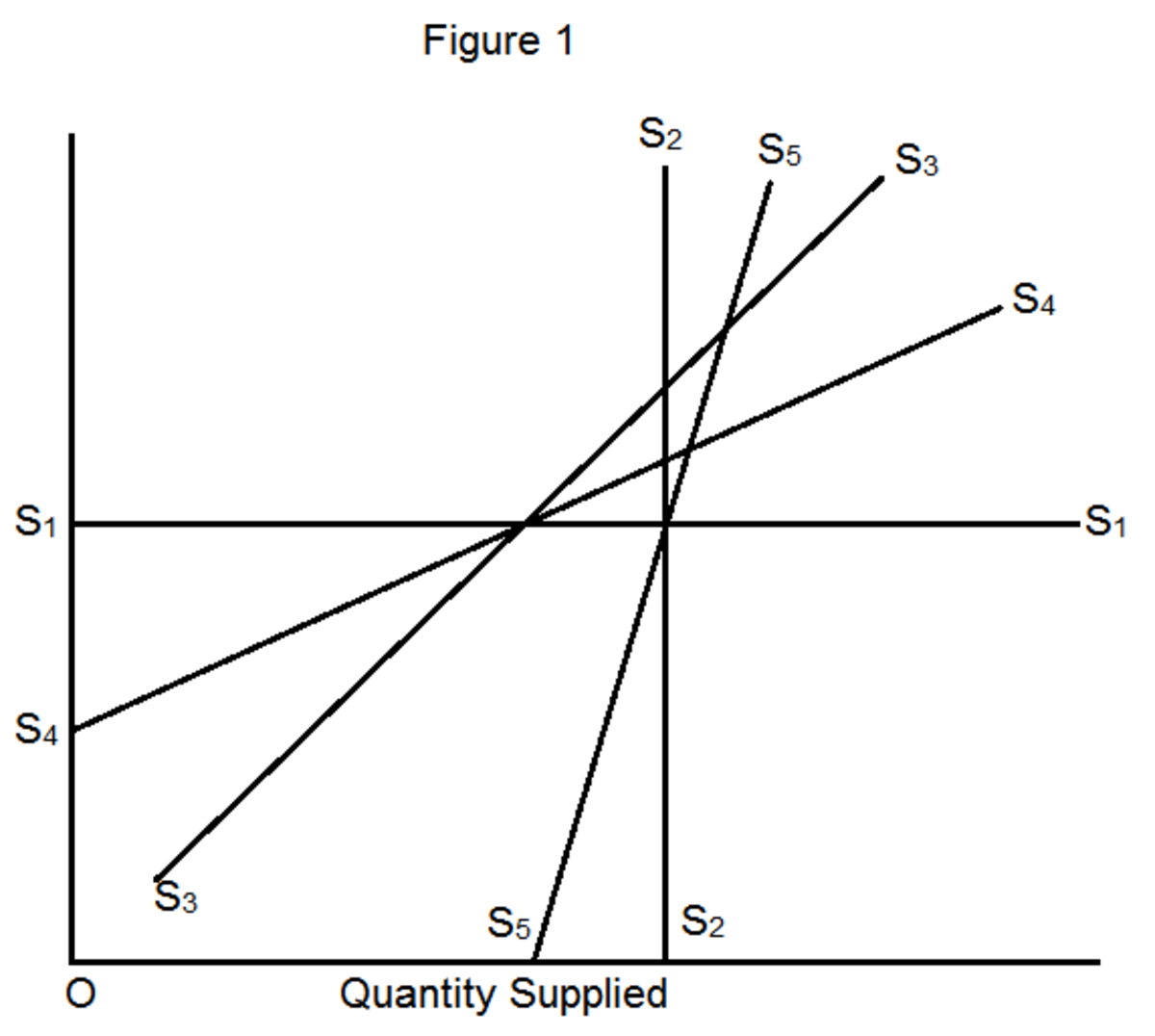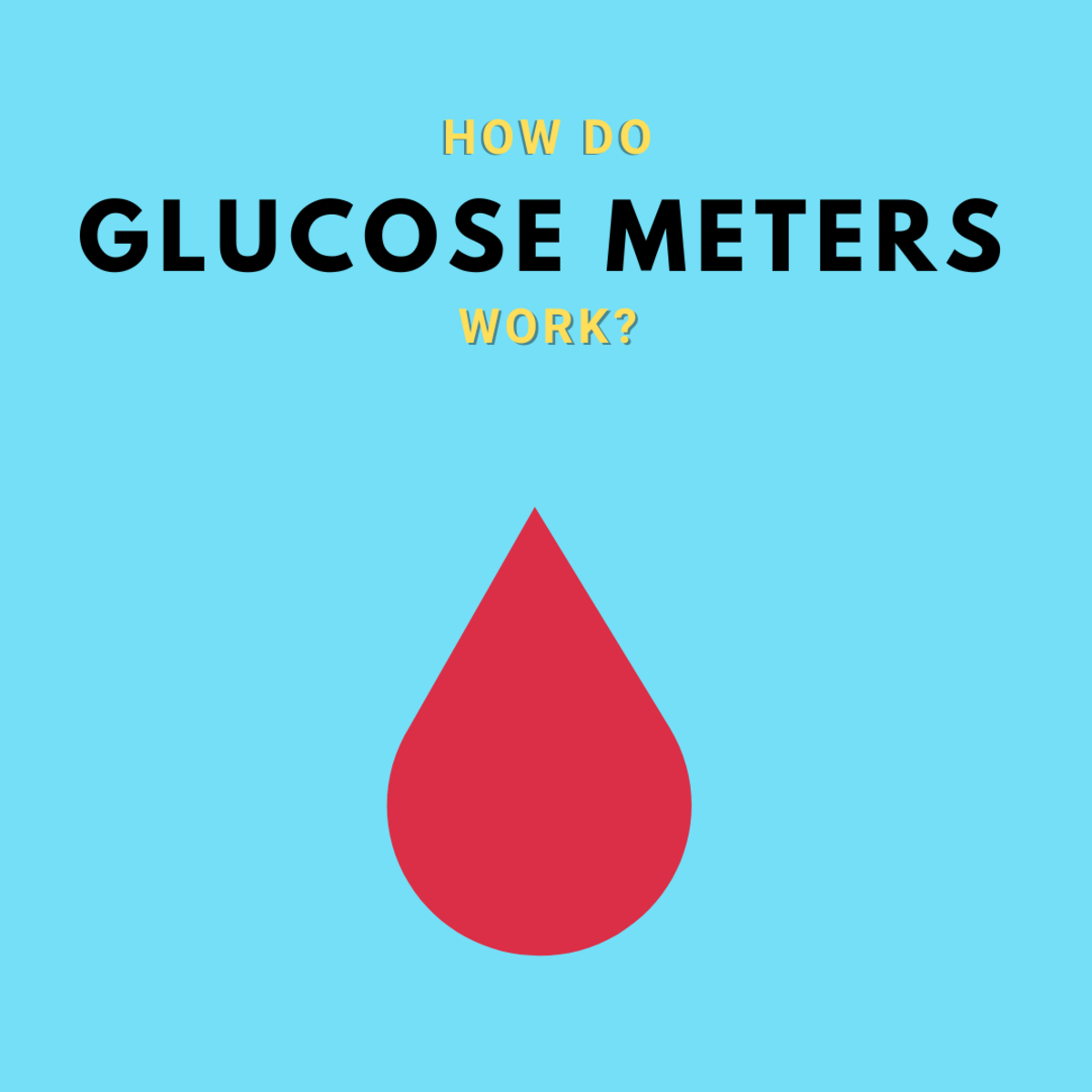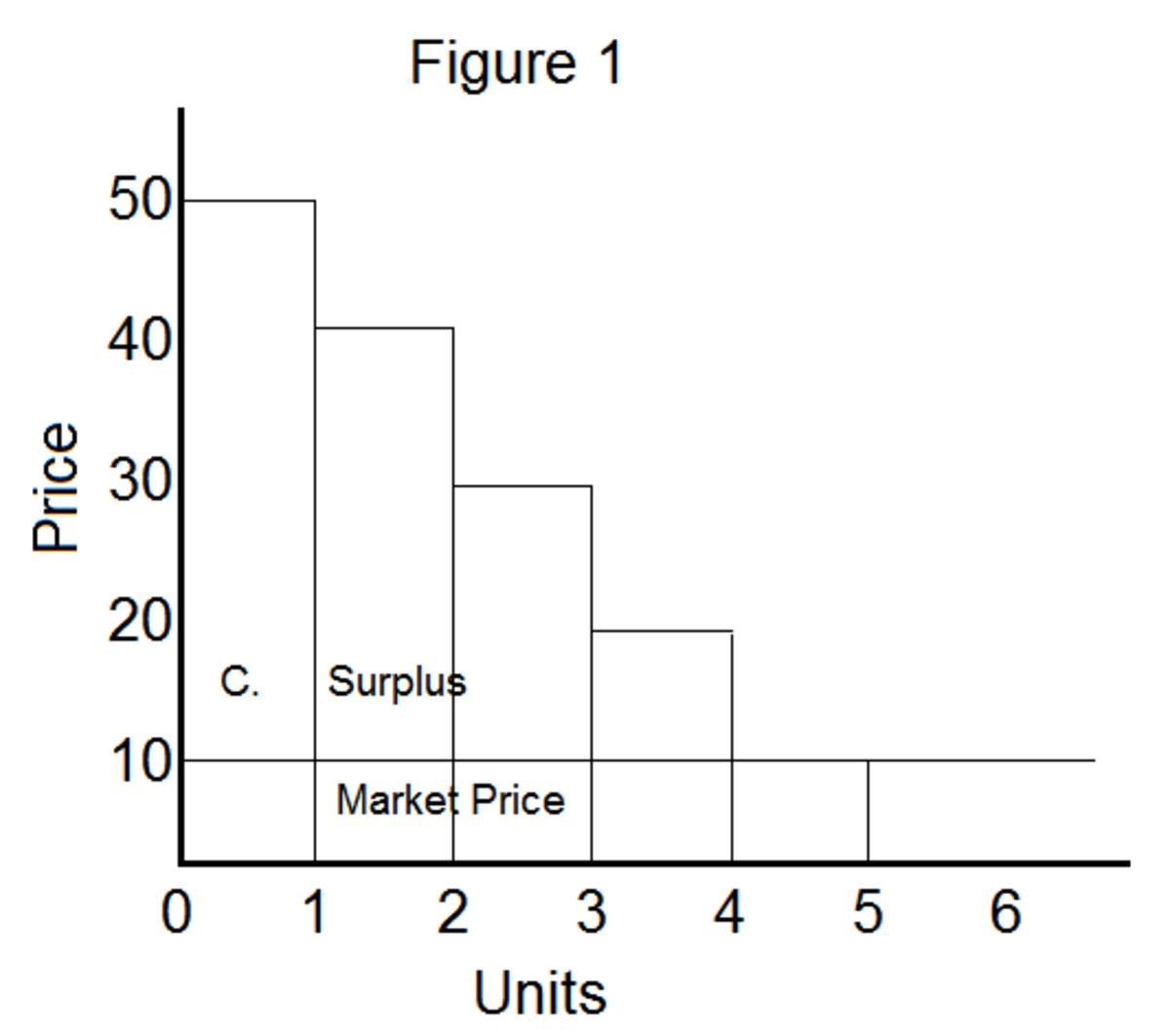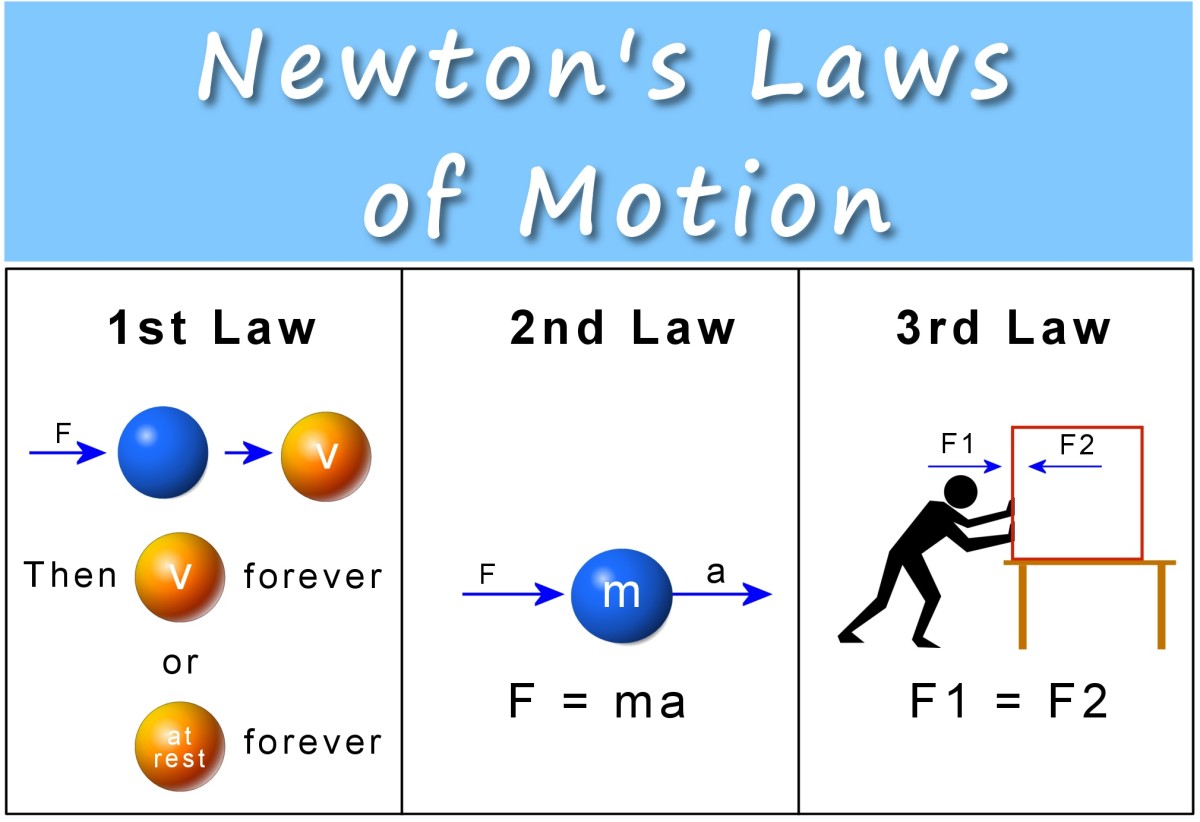Light Measurement
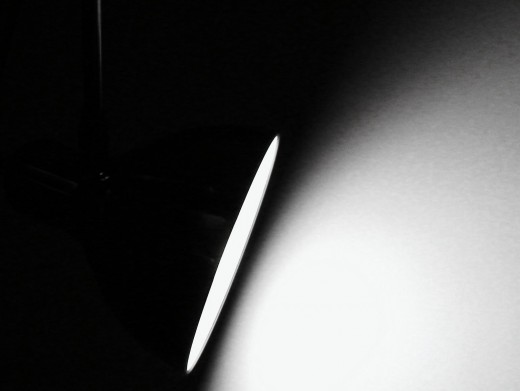
By Joan Whetzel
The quantity and quality of light affects how well people see. Reading and seeing the world in all its glorious detail becomes easier when the lights are bright enough. However, watching movies and stage plays with the lights up would be tricky. Turning off the audience lights and leaving only the stage or screen illuminated improves the audience's ability to see appreciably.
Light also has an effect on people psychologically, making them happy (sunlight) or sad (dim light), making it easier for them to stay awake (bright light) or making it easier to sleep (extremely low light or no light).
Photometry - the measurement of the properties of light, especially light intensity - uses a number of terms to describe the measurement of light, the brightness of light at the light source and the amount of light at any distance away from the light source. They describe how light is viewed objectively (measured with a light meter) and subjectively (through visual perception).
Brightness
Brightness describes the state of being bright, or color intensity based on color saturation, and refers to the amount of light falling on an object as measured by a light meter. The light meter measures brightness in lumens per square meter - also referred to as Lux - or in watts per square meter (W/m2). Brightness may be affected by: (a) the quantity of light the light source puts out, (b) the span between the light source and the illuminated object, and (c) any medium that may block out some of the light such as a window screen, a lampshade or filter over the light source, and Earth's atmosphere.
Candela, Candlepower
Candelas (cd) are the basic measurement for luminance or illuminance (the amount of light rays a light source puts out in all directions) and is stated as candelas per meter squared (cd/m2). Candela is sometimes used interchangeably with candlepower. One candela (cd) equals one lumen (lm). Candlepower also measures the quantity of light radiating outward from the light source. One candlepower equals 12.57 lumens. Measure the distance between the light source and the object, then divide by 12.57 to find the candlepower of the light falling on the object being illuminated.
Foot Candle
Footcandles (fc) measure luminance or light intensity for the photography and film industries. It measures the amount of light falling in an area one foot away from the light source.
Illuminance, Luminance, Luminosity, and Luminous Intensity
Luminosity, luminance, luminous intensity and illuminance can be used interchangeably. These terms generally refer to the quality of light being emitted by a light source in all directions. They are measured by a light meter in candelas per square meter (cd/m2)
Inverse Square Law
The Inverse Square Law refers to the relationship between luminosity (the amount and quality of light put out by a light source) and brightness (the quality and quantity of light falling on an object being illuminated by the light source). Basically, it says that the quantity and quality of light falling on an illuminated object decreases or increases in direct proportion to its distance from the light source. The Inverse Square Law equation reads as follows:
B = L/4πd2, or
Brightness (B) = Luminosity (L) / (divided by) the product of 4 x (times) π (pi) x (times) diameter squared (d2).
Example: The light source puts out 75 watts of light and the object being illuminated sits 10 meters from the light source.
B = 75 watts / 4 x π x 10 meters2
= 75 watts / 4 x 3.1415 x 100
= 75 watts/ 1256.6
= 0.0596 watts per square meter.
If the illuminated object moves away from the light, this figure will drop, but if the object is moved closer to the light, this figure will rise.
Lumens / Seeable Lumens
Lumens describe the quantity of light put out by the light source. The color of the light source (sunlight puts out amber or yellow light, indoor lighting appears blue) influences the seeable lumens or the way the eyes identify the color of the object being illuminated. Yellow light is detected by the cones in the eye and the blue light is detected by the rods. When using a light meter to measure light falling on the illuminated object, one lumen (lm) is equivalent to one candela (cd) and one lumen second equals 0.001464 joules or about 10,000lux. Human eyes have a maximum sensitivity of 680 lumens, which is roughly equivalent to 1 watt (w).
Lux
Lux is a unit of measure that gauges how the human eye perceives the intensity of light falling on an object it hits or passes through the object being lit. Faces and other opaque objects that reflect light have a measurement of 1 Lux, which equals 1 lumen (lm) per square meter. Light from the full moon produces a lux of 0.1, whereas light from full sunlight generates 10,000 lux.
Radiance
Radiance describes the amount of light falling radially - in rays outward - from the light source, and falling at an angle on the illuminated object. So it characterizes both the light emitted from the light source and the light reflected by the illuminated object. Radiance is measured in watts per steradian per square meter (W x sr-1 x m-2). Radiance is used as an indicator of how much of the light source's power will be reflected by the illuminated object when an optical device like a camera is aimed at the objet from any angle.
When lighting a stage set, a movie scene, or a photographic scene, light meters can determine if the available light or the current lighting set up is sufficient. Lighting can be adjusted up or down to produce the best camera shots or the best viewing capability for theater audiences. Measurements are taken at the light source and at the illuminate object. Additional measurements are taken at the camera lens or at different tiers of audience seating as an indicator of perceived lighting, what the eye would see in photos or film or what the audience will see in a live performance setting.


